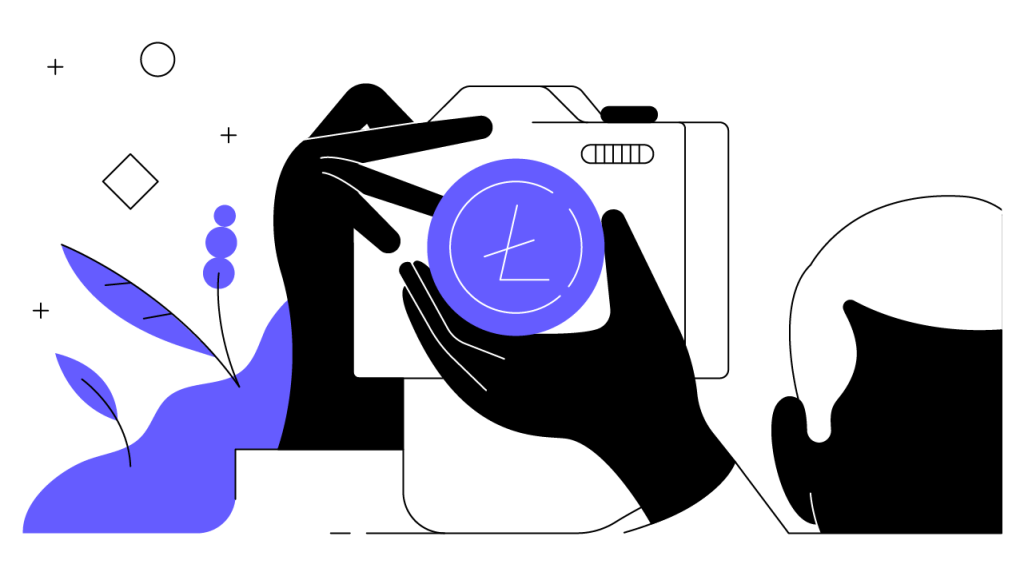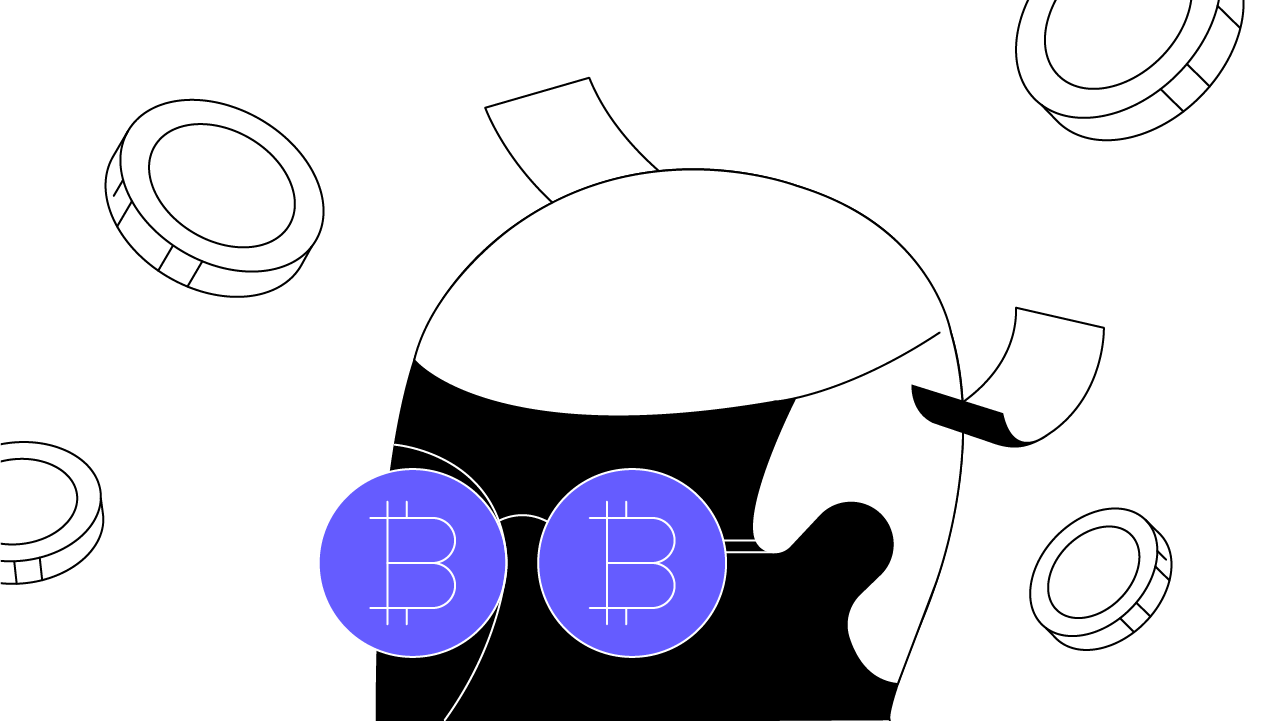Contents
Litecoin (LTC): The Silver to Bitcoin’s Gold
You’ve heard the phrase “Bitcoin gold.” But do you know BTC's “silver” counterpart, Litecoin (LTC)? Read how the two complement each other.
By Charlie Lee, Creator of Litecoin & Managing Director, Litecoin Foundation
Updated October 15, 2023 • 3 min read

Summary
Litecoin (LTC) was created in 2011 in an effort to introduce a cryptocurrency with increased accessibility and transaction throughput that would be better suited for payments to serve as a complement to Bitcoin’s more natural utility as a store of value. As such, the Litecoin vs. Bitcoin narrative oversimplifies the relationship — more accurately, Litecoin has become the silver to Bitcoin’s gold.
Origins of Litecoin
Litecoin (LTC) was one of the earliest altcoins to emerge on the cryptocurrency scene, just a few years after Satoshi’s whitepaper ushered in a new financial and technological paradigm with Bitcoin. I became interested in Bitcoin earlier that year and quickly realized that one of its major drawbacks was speed. A new block is added to the Bitcoin blockchain approximately every ten minutes and, thinking of a future where this incredible new technology would be widely adopted, I realized right away that transaction throughput would become a serious scalability problem for the nascent cryptocurrency. I immediately began working on a solution to complement Bitcoin and in only a week, Litecoin was born.
In order to help people quickly understand what it was, I described Litecoin as the “light version of Bitcoin” that could very well become “the silver to Bitcoin’s gold.”
Litecoin vs. Bitcoin: Improved Speed and Accessibility
Litecoin was created from a copy of Bitcoin’s source code — as opposed to forking it from the Bitcoin blockchain — which makes Litecoin an entirely new blockchain without a shared genesis block. Litecoin is technically very similar to Bitcoin but has a few crucial differences. Specifically, Litecoin features:
A unique Litecoin mining hashing function
A faster block generation time
Increased maximum coin supply
Both Litecoin and Bitcoin use Proof of Work (PoW) as their consensus method. Miners of both cryptocurrencies race to complete extremely challenging math puzzles using a hash algorithm in order to achieve consensus throughout their respective networks, win the right to add blocks of valid transactions to their blockchains, and earn block rewards.
Bitcoin uses the SHA-256 hashing function to power PoW on the Bitcoin network. The devices that miners use to complete these extremely challenging math puzzles are computers that vary significantly with respect to their design and configuration. Initially, the core machinery used for Bitcoin mining relied on a central processing unit (CPU), which you can think of as the backbone of a regular computer, more or less. Because PoW is a competition, miners quickly began looking for an edge and began bolstering their CPUs’ processing power by pairing them with a graphics processing unit (GPU), which alleviates a large chunk of the processing burden from the main CPU to increase the device's overall processing output.
And, as most competitions tend to go, new technology was developed strictly for the purposes of Bitcoin mining. Application-specific integrated circuits (ASICs) are highly specialized devices that excel at mining and almost always outperform their CPU and GPU counterparts. They’re also expensive, difficult to maintain, and require specialized knowledge — factors that tend to deter many people from operating them. With fewer people with the knowledge, time, and capital to acquire, configure, and maintain ASICs, mining on the Bitcoin network has become more centralized and exclusive, which compromises the security and resilience of the network.
Litecoin was developed to use the Scrypt hashing algorithm, which is a memory-intensive algorithm that was designed to deter GPUs and ASICs. The goal was to make the Litecoin network more accessible to individuals, who are the biggest proponents of the coin. So it was extremely important for individuals to be able to mine litecoin with their CPUs in the beginning. In time, Scrypt-capable ASICs were created and now virtually all Litecoin mining is done using this hardware.
On average, new blocks on the Litecoin network are generated about every 2.5 minutes, which is four times faster than Bitcoin, where blocks are mined approximately every 10 minutes. Consequently, Litecoin’s transaction throughput is also roughly four times faster than Bitcoin’s. For each block generated on the Litecoin blockchain, miners are rewarded with a predetermined amount of LTC, known as a block reward. As time goes on, the block reward is gradually reduced by increments of 50% in a process known as halving.
To compensate for Litecoin’s faster block time, the interval between halvings was extended. Whereas Bitcoin has a block reward halving every 210,000 blocks, Litecoin’s halving takes place every 840,000 blocks. This 4x increase in blocks per halving period means that Litecoin generates four blocks for every one block that Bitcoin generates. Theoretically, this compensation mechanism should keep Litecoin and Bitcoin on a similar trajectory, with a halving event taking place every four years for both cryptocurrencies. The math also reveals that there will ultimately be a greater total number of LTC than BTC — 84 million versus 21 million.
Litecoin Is a Complement to Bitcoin, Not a Competitor
With faster block times and higher transaction throughput, Litecoin was built to be a more practical and scalable medium of exchange, whereas Bitcoin has grown more into a store of value. Litecoin’s similarities to Bitcoin also make it a viable testnet for the Bitcoin protocol, as evidenced by its early adoption, and Bitcoin’s subsequent adoption, of the SegWit soft fork.
Litecoin is now one of the most recognized, trusted, and used blockchain-based payment networks in the world, and many now agree that Litecoin is a complement to Bitcoin, not a competitor: Litecoin is the silver to Bitcoin’s gold.
Cryptopedia does not guarantee the reliability of the Site content and shall not be held liable for any errors, omissions, or inaccuracies. The opinions and views expressed in any Cryptopedia article are solely those of the author(s) and do not reflect the opinions of Gemini or its management. The information provided on the Site is for informational purposes only, and it does not constitute an endorsement of any of the products and services discussed or investment, financial, or trading advice. A qualified professional should be consulted prior to making financial decisions. Please visit our Cryptopedia Site Policy to learn more.

Author
Charlie Lee
Creator of Litecoin & Managing Director, Litecoin Foundation
Charlie Lee is the creator of Litecoin and the Managing Director of the Litecoin Foundation. Prior to creating Litecoin, Charlie was a software engineer at Google. In 2011, he created Litecoin in an effort to improve upon Bitcoin’s high fees, slower transaction times, and scalability issues. Lee then worked at Coinbase, where he became Director of Engineering before leaving the company in 2017 to focus on supporting the development of Litecoin full time. Charlie graduated from MIT in 2000 with a Bachelors and Masters degree in Electrical Engineering and Computer Science.
Is this article helpful?


